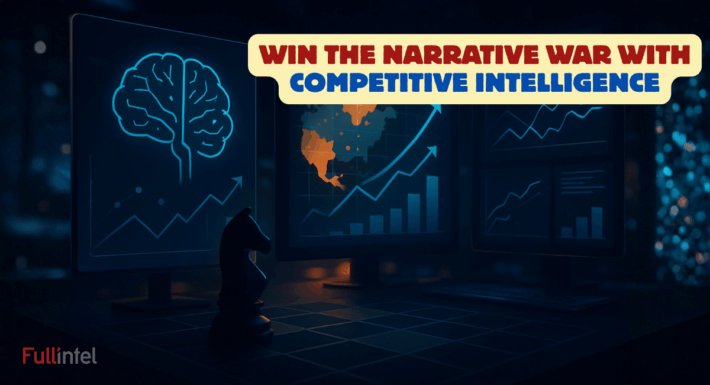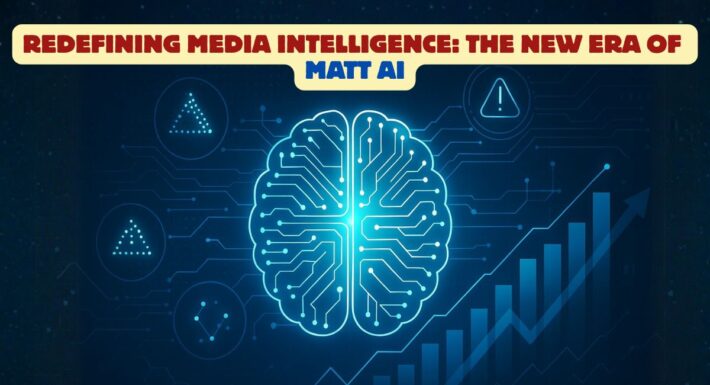In a World Flooded with Information, How Do You Identify What Is Truly Important?

In today’s digital media monitoring landscape, professionals face an unprecedented challenge: extracting meaningful insights from an endless stream of information. However, the relief that comes with effective filtering solutions is palpable. According to recent studies by the Pew Research Center, approximately 20% of Americans feel overwhelmed by their daily information intake. This growing sense of information fatigue highlights a critical need for more effective filtering solutions, especially for professionals tasked with shaping perceptions, protecting reputations, and making data-driven decisions.
The Modern Challenge of Information Management
The digital revolution has fundamentally transformed how we access and process information. While this transformation brings unprecedented opportunities for insight, it also presents significant challenges that extend far beyond mere volume. Organizations must now navigate a complex landscape of data sources, including social media, news outlets, industry analysts, and expert commentary. The key question becomes increasingly pressing: How do you cut through the noise to find relevant information that drives actionable media insights?
Understanding the Urgency of the Information Overload Crisis
The proliferation of digital channels has created unprecedented content that businesses must monitor and analyze. Staying current, from viral news stories to niche industry updates, requires increasingly sophisticated tools and strategies. This constant stream of updates can fragment attention, making it dangerously easy to miss critical developments amid less relevant headlines.
Traditional methods of information management are proving inadequate in this new landscape. Manual filtering consumes valuable resources, while basic automated tools often generate false positives, including irrelevant mentions that dilute the value of media analysis. Furthermore, quality frequently suffers in the rush to produce content, forcing organizations to navigate through misleading headlines, inaccurate reporting, and clickbait to find reliable information that merits attention.
The Power of Intelligent Filtering: Where AI Meets Human Expertise
The solution to information overload lies in the strategic combination of artificial intelligence and human intelligence. Advanced AI algorithms quickly identify relevant content patterns and adapt to sector-specific needs and media profiles. Modern predictive analytics can forecast which stories are likely to gain traction, enabling proactive rather than reactive responses. However, the true power emerges when this technological capability is paired with human expertise.
The Harvard Business Review explores the psychology behind seeking unnecessary data, emphasizing the need for systems that distinguish between essential and superfluous information. This is where the combination of AI and human analysis becomes invaluable.
Transforming Raw Data into Actionable Intelligence
Effective media analysis requires transforming overwhelming amounts of data into clear, actionable insights. This transformation begins with comprehensive global coverage, including access to paywalled content through partnerships with providers like LexisNexis, a Fullintel AI Hub partner. Real-time processing enables instant updates on significant media coverage, while customized AI systems trained on specific brand identities deliver more relevant results.
The AMEC Integrated Evaluation Framework provides a standardized approach to measuring communications impact, ensuring that the insights generated truly drive business value. This framework, combined with advanced analytics and human expertise, creates a robust system for extracting meaningful insights from the daily deluge of information.
The Essential Role of Expert Human Analysis
While artificial intelligence excels at processing vast data, it’s important to remember that human expertise remains crucial for context understanding and strategic interpretation. This human element is what transforms individual data points into broader business insights, providing actionable intelligence that drives strategic decision-making. It’s a testament to the value of human analysis in the digital age.
Meeting Diverse Organizational Needs
Different stakeholders within an organization require varying levels and types of information. Executive leadership needs concise, high-impact summaries focused on strategic implications, while communications teams require detailed intelligence on messaging effectiveness and competitor activities. Marketing departments seek insights into brand perception and campaign performance, and risk management teams need early warning of potential issues and emerging crises.
A successful media intelligence solution must address these diverse needs through customized delivery formats and flexible analysis options. This might include real-time alerts for critical issues, detailed weekly reports for strategic planning, and interactive dashboards for ongoing monitoring and analysis.
The Future of Media Intelligence
As we progress, successful media analysis will increasingly rely on sophisticated solutions that combine customized AI algorithms with expert human analysis. These systems will continue to evolve, learning and adapting to specific organizational needs while maintaining the crucial human element that provides context and strategic insight.
Implementing predictive capabilities enables proactive responses to emerging issues and ensures stakeholders receive only the most relevant information for their needs. This evolution in media intelligence represents a fundamental shift from simple information gathering to strategic insight generation.
Information Overload Solution Summary
In today’s information-rich environment, success depends not on accessing more data but on identifying and acting on the right information. The future belongs to organizations that can effectively harness both technological capability and human expertise to transform information overload into strategic advantage. This ability empowers organizations to cut through the noise and find the insights that truly matter.
For more insights on media intelligence best practices, AI breakthroughs, and case studies, visit Fullintel’s blog. To learn how Fullintel’s integrated approach to media intelligence can help your organization, contact us to schedule a demonstration of our platform.
Ted Skinner is the VP of Marketing at Fullintel with extensive experience in AI implementation for public relations and media monitoring. A recognized expert in crisis communication strategy and competitive intelligence, Ted specializes in developing practical applications for AI in PR workflows. His thought leadership focuses on helping PR professionals leverage technology to enhance strategic communications while maintaining the human insight that drives successful media relations.
Read more of Ted’s insights on AI-powered PR strategies and follow his latest thinking on modern measurement approaches.




